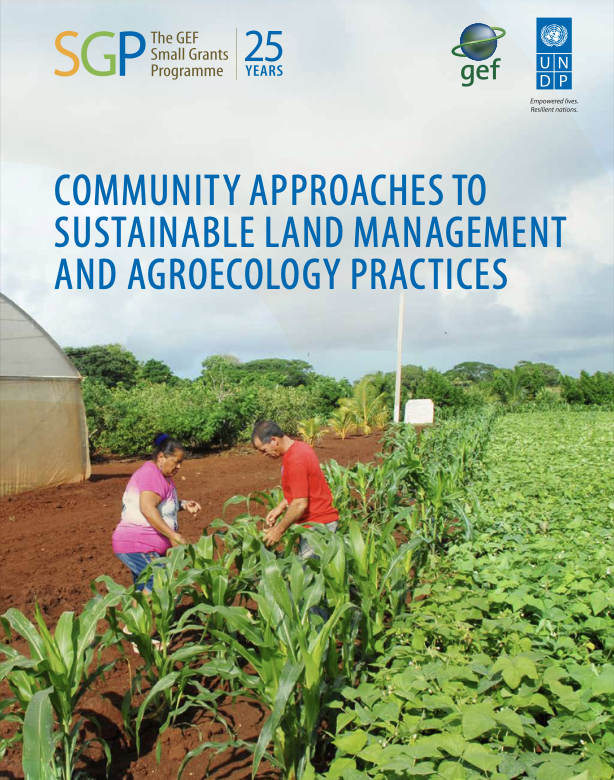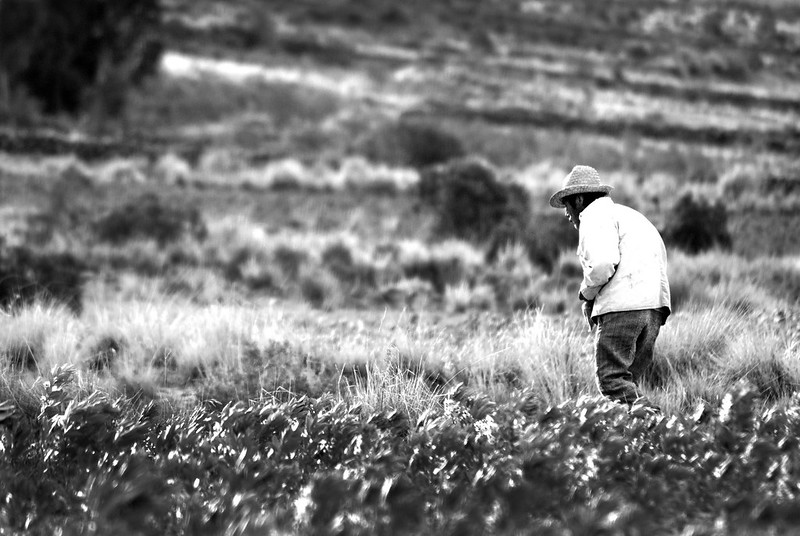Goals and Commitments for the Restoration Decade. A global overview of countries’ restoration commitments under the Rio Conventions and other pledges
The multiple benefits of restoration, from local to global scales, are reflected in the array of global and regional goals for restoration.



